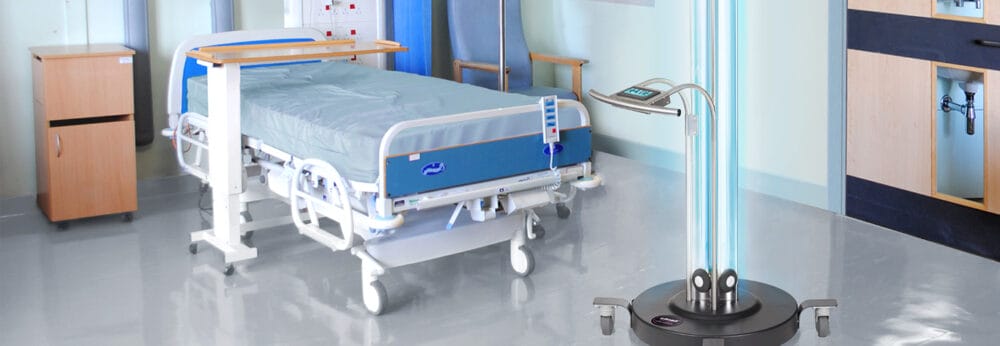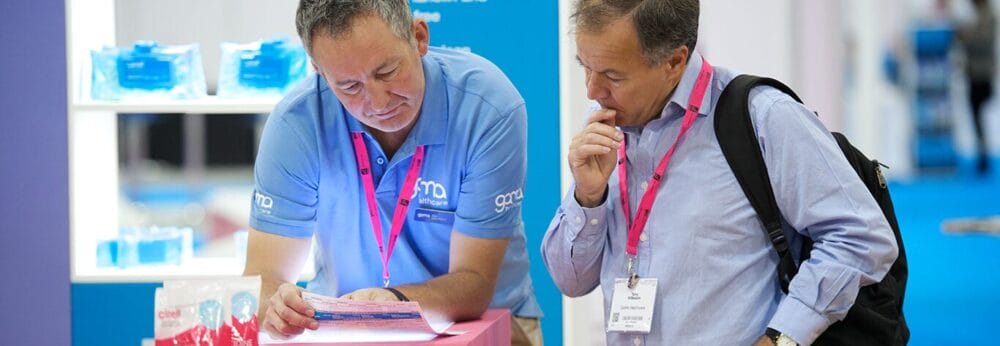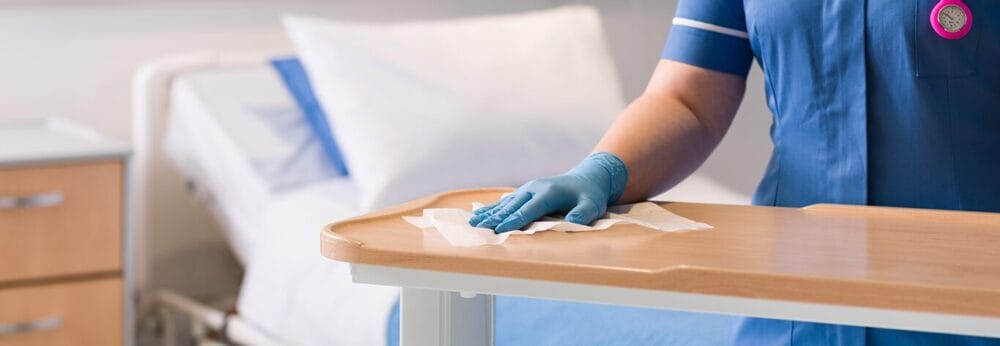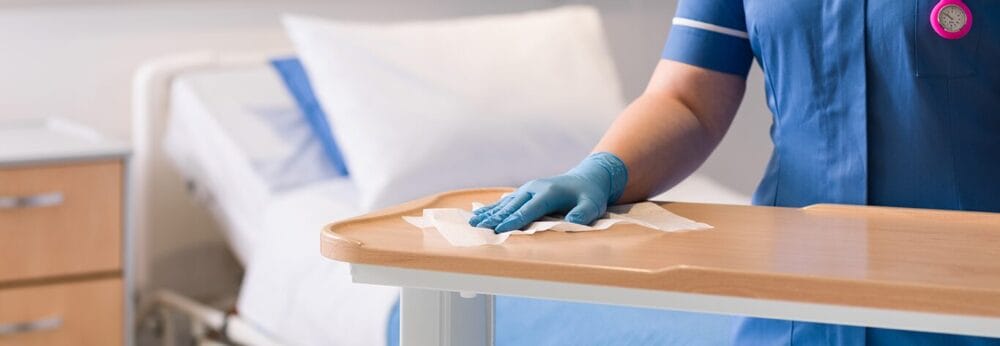Posts Tagged ‘UV LIGHT DISINFECTION’
UV room disinfection system face-off
An important new US study has performed an epic head-to-head evaluation of 8 different UV-based room disinfection systems. Whilst there were some differences between the UVC-based systems, there was a stark difference between the efficacy of the 7 UVC systems and the one pulsed-xenon UV (PX-UV) system, with the PX-UV proving considerably less effective. UV systems are…
Read MoreLooking back to IPS 2018
It’s been a month or two since the 2018 Infection Prevention Society Conference in Glasgow, Scotland. So, we thought it would be a good time to look back and remind ourselves of some of the highlights from our point of view. You can access all of the IPS abstracts here. – Andreas Voss gave a fabulous…
Read MoreFurther evidence that UV room decontamination reduces transmission in hospitals
A study published in the Lancet Infectious Diseases provides further evidence that UV room decontamination reduces transmission in hospitals. The multicentre cluster-randomised study showed that introducing UV room decontamination for selected patient rooms resulted in a hospital-wide reduction in C. difficile and VRE acquisition compared with standard methods of decontamination. This is a companion article to the BETR-D study that was…
Read MoreUV-C room disinfection reduces viral infection
There is now strong evidence that UV-C room disinfection reduces the transmission of key bacterial pathogens in hospitals, including MRSA, VRE, and perhaps to a lesser degree, C. difficile infection. A new study demonstrates that UV-C room disinfection using GAMA’s Violet UV-C room sanitiser also reduced viral infection. The study was performed is a fairly small 100 bed paediatric…
Read MoreUV light vs. Candida auris
A US study has found that Candida auris exhibited a similar level of susceptibility to UV light as Clostridium difficile spores, and was considerably less susceptible than MRSA. These findings suggest that either extended exposure UV cycles or hydrogen peroxide based room disinfection are required to address environmental contamination with Candida auris. We have posted before on the efficacy of various disinfectants against Candida auris, supporting…
Read MoreChoosing between different UV automated room decontamination systems
There is increasing evidence that UV-based automated room decontamination systems reduce the transmission of key hospital pathogens. There seems to be an exponential multiplication of suppliers of UV room decontamination systems! So how to choose between the many options available? An article in AJIC provides a framework for making this decision. The evidence shows that UV-C systems are more…
Read MoreClinell UV360 Significantly Reduces Clostridium difficile Incidence
NEW YORK (October 6, 2016) – Ultraviolet C light disinfection to clean unoccupied patient rooms significantly reduced C. difficile infections (CDI) in high-risk patients who later occupied those rooms, according to a study published today in Infection Control & Hospital Epidemiology, the journal of the Society for Healthcare Epidemiology of America. The no-touch device, used after patients with CDI…
Read MoreInfection Prevention 2016: a bug’s eye view
Another IPS conference has been and gone, and what a lot of fun and learning to be had! New research published, new products launched, and new contacts made – all in a few days in sunny Harrogate. Several of the lectures were outstanding: Prof Gary French on the ‘swing’ away from antibiotic-resistant Gram-positive bacteria towards…
Read MoreAre UV and Hydrogen Peroxide automated room decon devices clinically effective?
A useful review by Weber et al. explores data from studies with a clinical outcome evaluating UV and hydrogen peroxide automated room (ARD) decon devices. There are now quite a few studies showing that admission to a room previously occupied by a patient with a pathogen associated with HCAI (including C. difficile, MRSA, VRE and others) increases the chances of…
Read MoreUV room decontamination reduces C. difficile transmission
A study from New York reports a reduction in C. difficile infection associated with the introduction of a pulsed-xenon UV (PX-UV) device. The authors performed a before-after study of the impact of adding PX-UV to the terminal disinfection protocol of rooms housing patients requiring contact precautions, with 12 months before and 12 months after implementation. Overall,…
Read More





